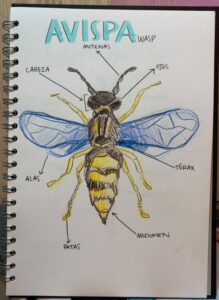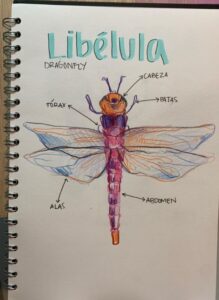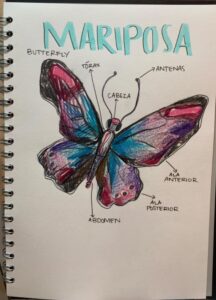This activity encourages children to focus on one individual minibeast, exploring its biological features, and creating a piece of artwork, working with a variety of media.
In the process, children are encouraged to use their various languages to label and identify body parts, with the potential for a classroom presentation, practising speaking skills.
All children’s artwork is combined into a multilingual classroom display which valorises and validates children’s home languages within the formal education contexts, while encouraging children to think about habitats.
NB: This activity would work well as a follow-on activity from the Minibeast Hunt, but also works as a stand-alone.
Depending on depth, vocabulary, and art materials chosen, this activity is suitable for both KS1 and KS2.
There is potential to work with Modern Foreign Languages staff to integrate body parts in the school’s chosen foreign language into the activity.
Have you used this activity?
Let us know how it went by leaving some feedback.


